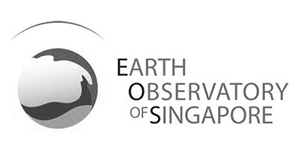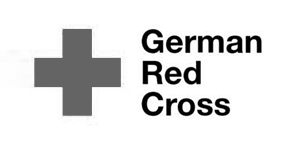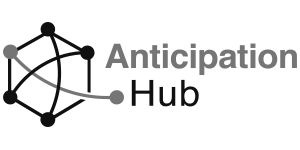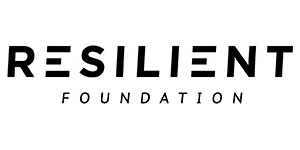HOW ADA STARTED
The ADA Prize is built upon the work by Prof. David Lallemant, Maricar Rabonza, Dr. Yolanda Lin and members of the Disaster Analytics for Society Lab at NTU in Singapore that highlights how successful DRM interventions are rendered invisible as a result of their success, and the corresponding challenges that arise when incentivizing interventions that reduce risk. They further propose the use of counterfactual risk analysis as a means to make ‘avoided disasters’ visible, by shedding light on what could have been had a risk reduction intervention not been implemented. The work will be featured as a contributing paper in the upcoming UNDRR Global Assessment Report 2022. A preprint of the paper can be accessed with this link.
Why do successful DRM interventions tend to be invisible?
The Averted Disaster Award aims to recognise successful disaster mitigation interventions around the world that often go unnoticed by the very nature of their success.
Why do successful DRM interventions tend to be invisible?
In their work, Lallemant, Rabonza et al. (2022) highlight four situations that tend to make successful disaster risk management interventions invisible. This include:
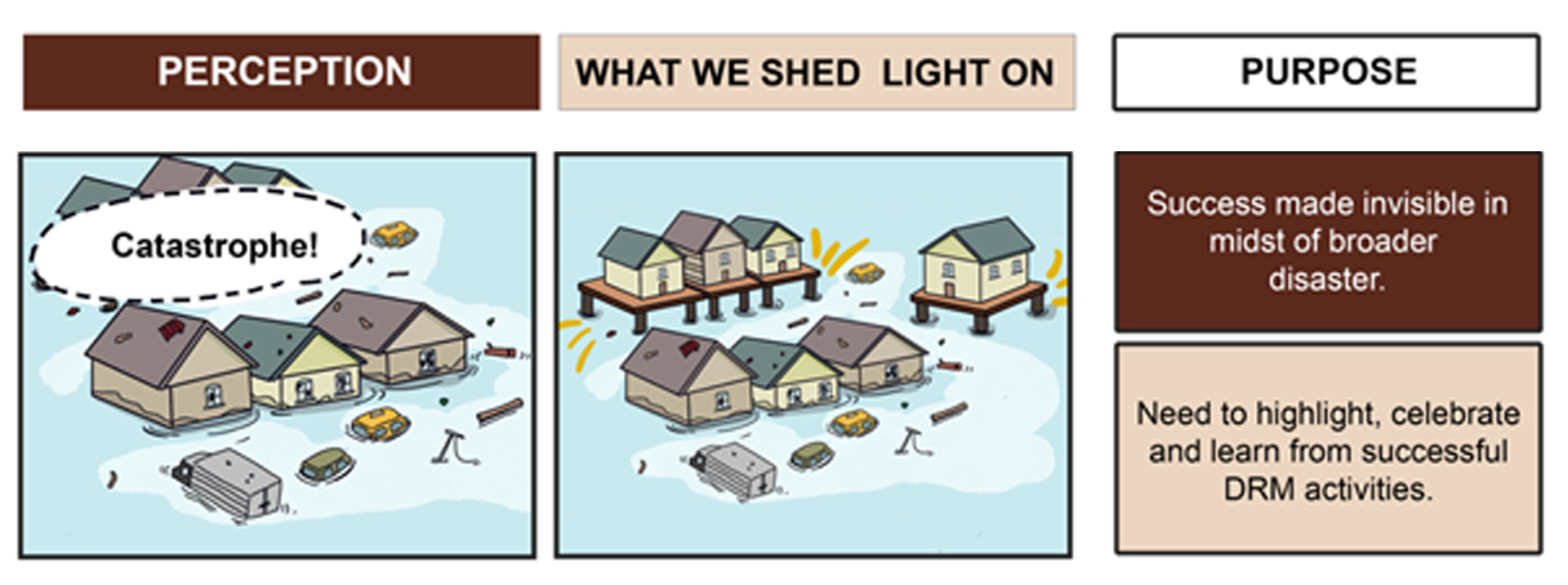
Success made invisible in the midst of broader disaster: Successful mitigation may result in fewer losses after a disaster, but this success is obscured amid the catastrophe and losses that were still incurred.
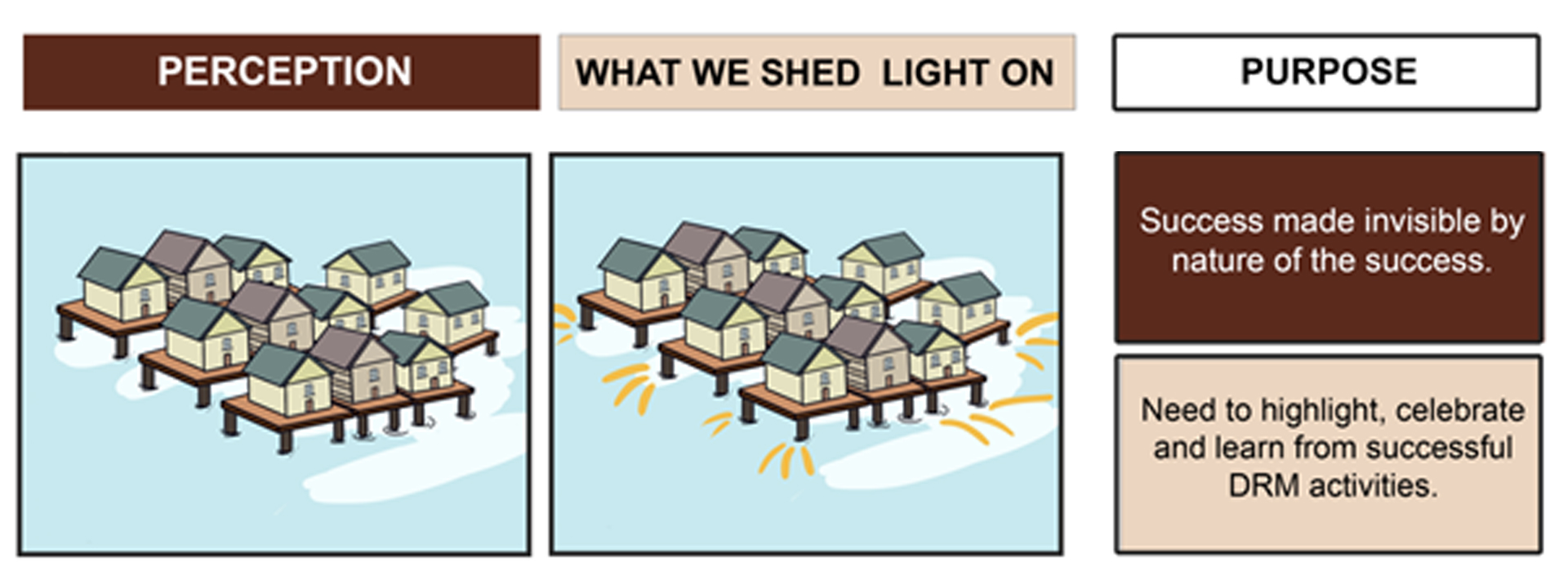
Success made invisible by nature of the success: A hazard becomes a disaster on account of the impacts it has on society. If mitigation efforts are so successful that there are no perceivable impacts, both the potential disaster and the successful mitigation are made invisible.
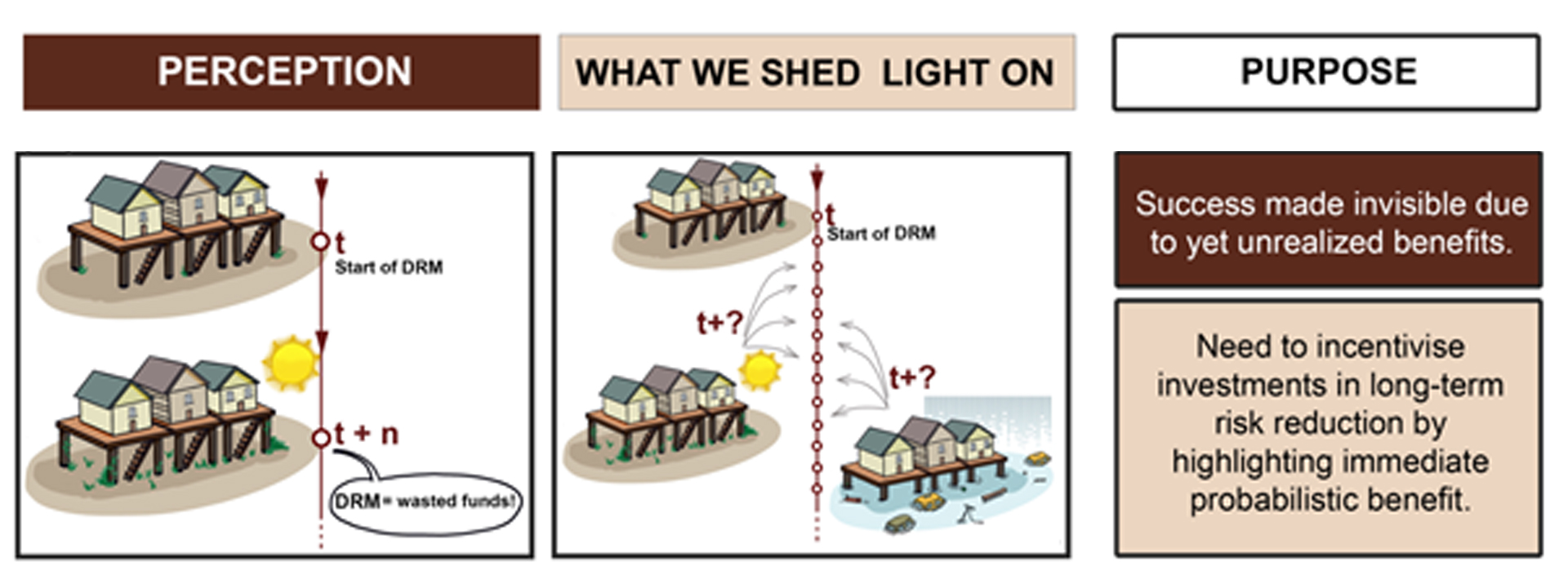
Success made invisible due to yet unrealised benefits: On account of the large time delay between the mitigation intervention and its benefits being realised, mitigation efforts could be seen as unsuccessful or unnecessary until a hazard event occurs.
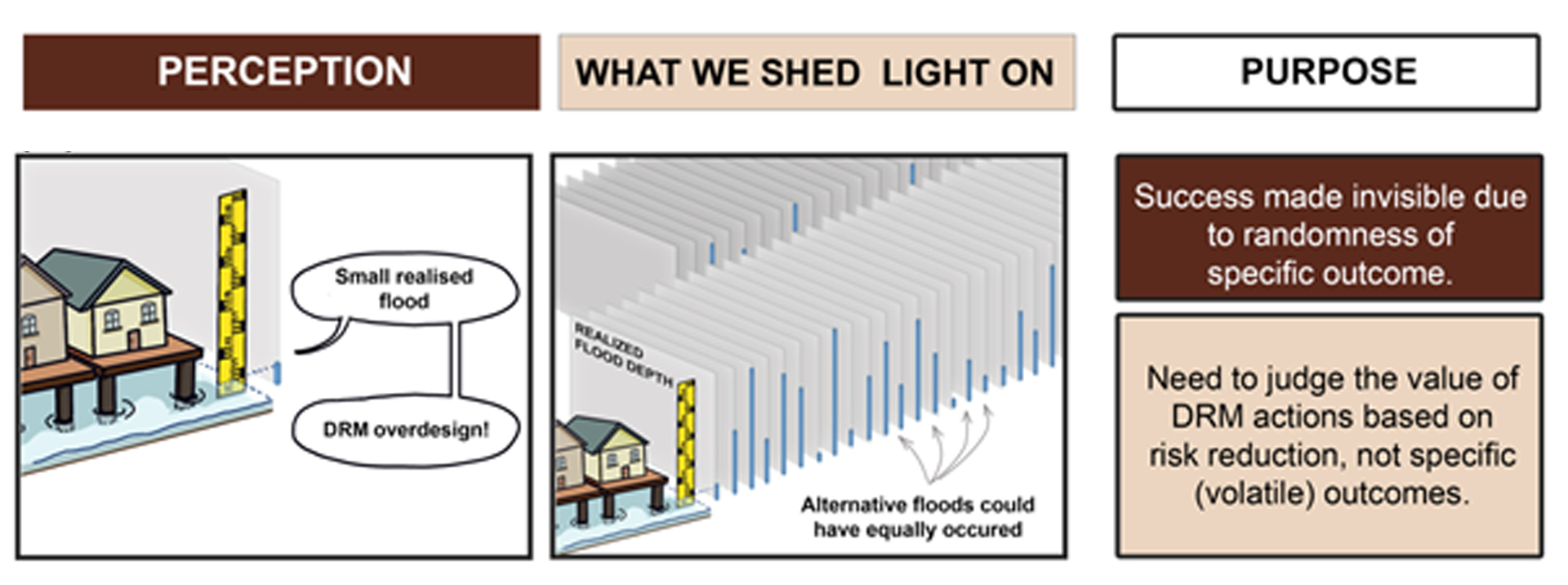
Success made invisible by the randomness of the specific outcome: hazards always have some level of randomness, hence any single occurrence is only one of several possibilities that could have occurred. Successes can be made invisible if the hazard randomly does not strain mitigation measures. A good example would be a ‘near-miss’, which does not test the mitigation measure.
Figures from Lallemant, Rabonza et al. (2022)
How do we shed light on these successful, yet invisible, interventions?
We believe that the value of a risk reduction intervention should not be judged on the basis of specific outcomes alone, but on the basis of a broader exploration of potential outcomes. We encourage the applicants to exercise “counterfactual thinking” — the consideration of “what if…” scenarios. Some examples:
- What if the school earthquake retrofit program had not been implemented? How many schools could have collapsed, and how many more people affected?
- What if the residents were not alerted and evacuated in time for the storm’s impact to the city?
- What if we discontinued regular preparedness exercises for the next 20 years? How would the discontinual affect the community’s disaster risk?
By imagining such scenarios, and making sure that assumptions are evidence-based and rooted in reality, we can make convincing arguments about the benefits of particular interventions.

Success made invisible in the midst of broader disaster

Success made invisible by nature of the success

Success made invisible due to yet unrealised benefits

Success made invisible by the randomness of the specific outcome
Partners
